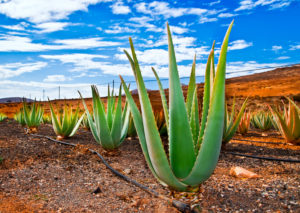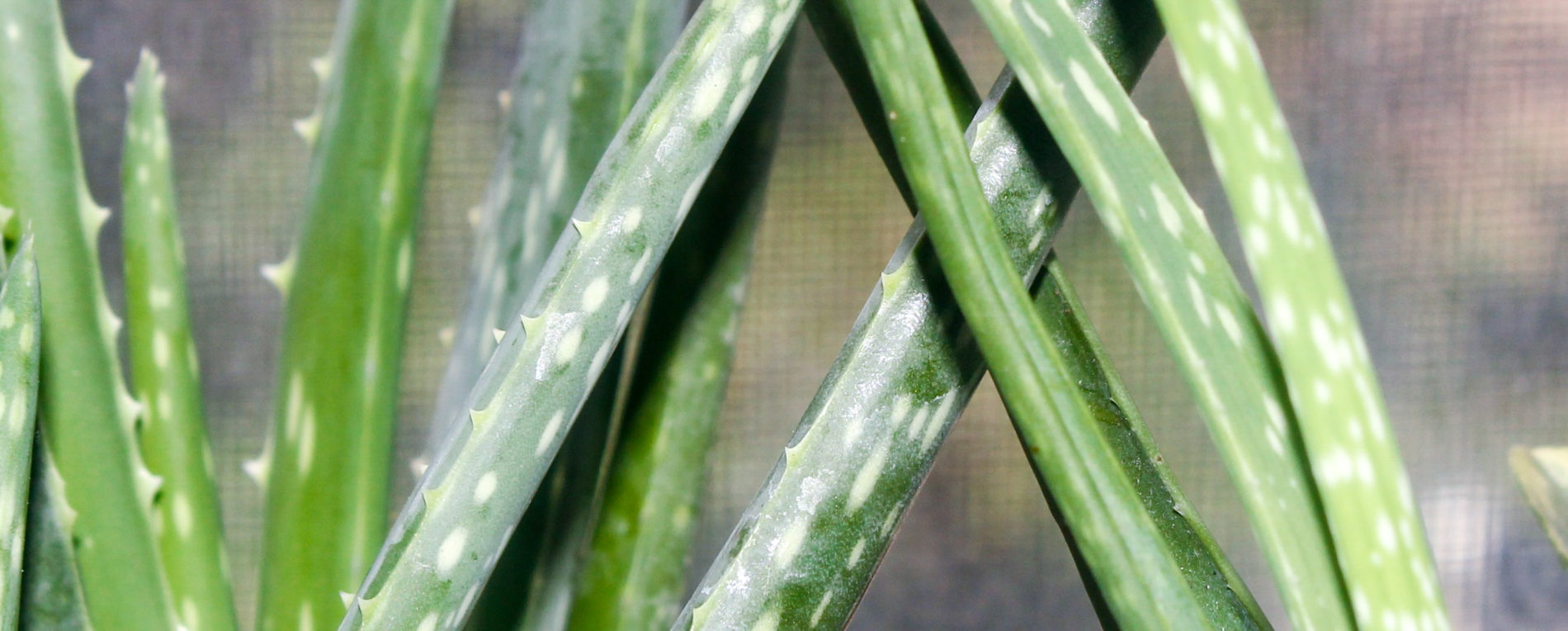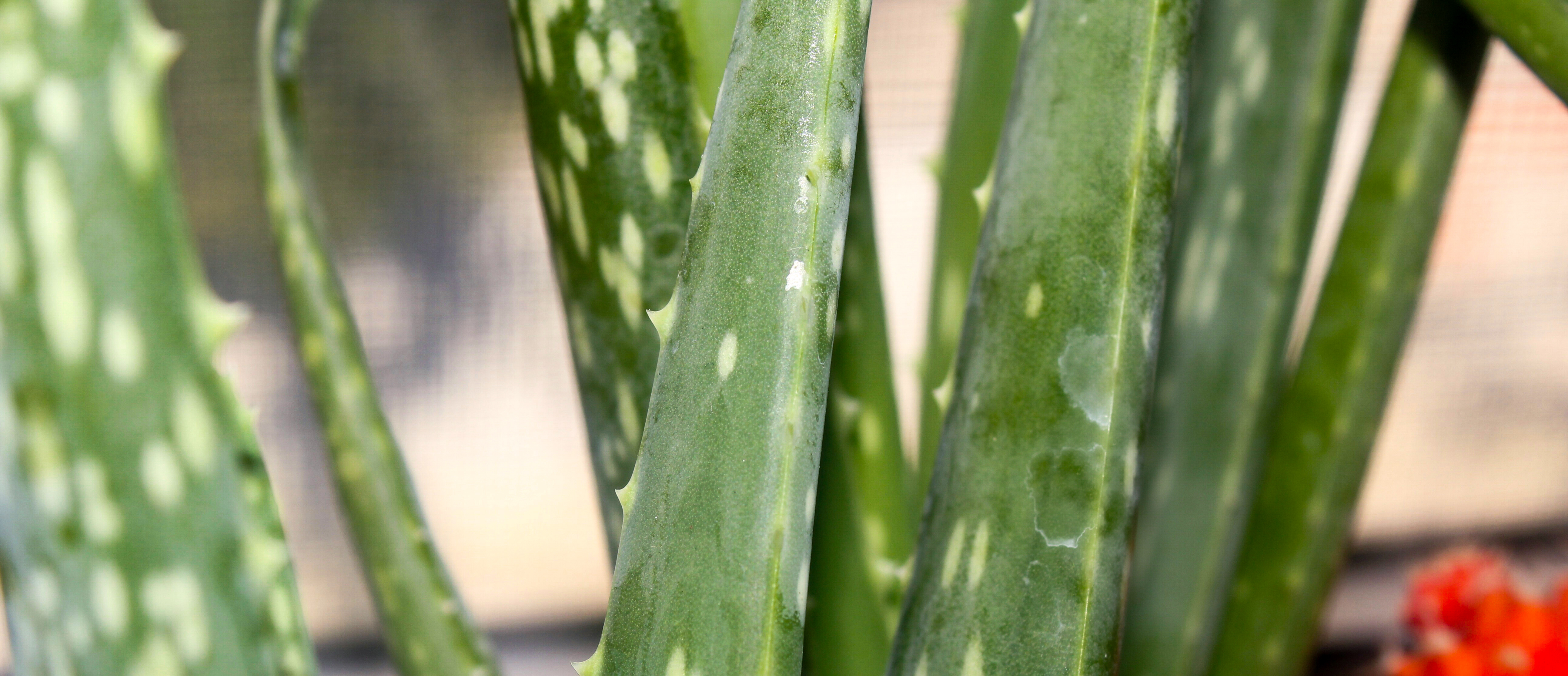
Beauty lovers should be mad as hell, and refuse to take it anymore. Yes, I’m talking about you.
How Come?
Mid the hard, work grind; shorter and shorter weekends; what definitely feels like a plateaued economy and urban-space, commuter woes (my New Yorkers, Chi-Town, LA and South Floridians along Ocean drive, you know wuss up), beauties and beaus can’t peacefully search for skin care succor without someone trying to get at’em. The newest culprit aloe vera.
Dirty Sneaky…
Yes, while the world demands natural, soothing remedies and cosmetic-care, a number of product producers have managed to skimp on the amount of aloe in your Aloe-based products. While other’s, well, according to a study by Bloomberg, they skipped out on adding aloe all together.
But to the sunburned, ashen, wounded, anti-aging or simply the fanatical Aloe lovers (like me) I say, have no fear! The Ellalumi Beauty Guide is here at your service, with four tips so you can better understand Aloe Vera, and spot the real from the fake.

What You Should Know About Aloe Vera
1. Aloe/ Aloe Vera what’s the difference?
Aloe Vera: is the pedestrian/ marketing name for the most popular Aloe plant variety, Aloe barbadensis. Although, use of the name term “Aloe” was once thought to be a distinction for products with a lower Aloe vera ingredient percentage, whether your skin care says Aloe or Aloe Vera it contains Aloe Barbadensis.

2. Aloe Vera does not grow in the wild.
It’s growth is the result of human cultivation. So it’s important to know from whom and where your Aloe Vera products, gels, drinks and powders come from because as the demand for aloe products grows higher so does the incentive to mass produce fake Aloe products.
3. Quality Aloe Vera will cost you.
Why?
While Aloe Vera is a resilient plant, it’s not completely insusceptible to harsh weather conditions, and an entire crop can be leveled by frost. Also, most Aloe farms meet the standards for organic aloe farming as set by the International Aloe Science Council. Furthermore, aloe is typically harvested by hand.

When asked Jeff Barrie, a New Hampshire-based sales manager at AloeCorp, mentioned: “The process involves removing rinds from the leaves and dehydrating the remaining aloe into a powder form.” “Making just 1 kilogram of aloe powder, the ingredient used in finished goods like gels and drinks, requires 400 kilos (882 pounds) of aloe leaves, Barrie said.
So if the Aloe product you hold in you hand is surprisingly inexpensive, you may want to skip it. It could be a cheap imitation made of maltodextrin: a sugar ingredient used in imitation Aloe products because it’s less expensive.
4. How can I tell if my Aloe vera product is real?
Look for IASC certified markings on your product, or search their list of approved vendors and cultivators. The International Aloe Science Council is an organization established to oversee and create regulation standards for the Aloe industry? The IASC established a seal-based certification program in the mid 1980’s which continues to grow till this day.
If you’d like more info about product ingredients and potency, see check out the all reviews column for your day to days and go to(s). ✌️




1 Comment
patricia darrabie
October 11, 2017 at 1:02 amThis is great info as I’m researching more into having the best skin care regiment! Thank you for this very informative post!